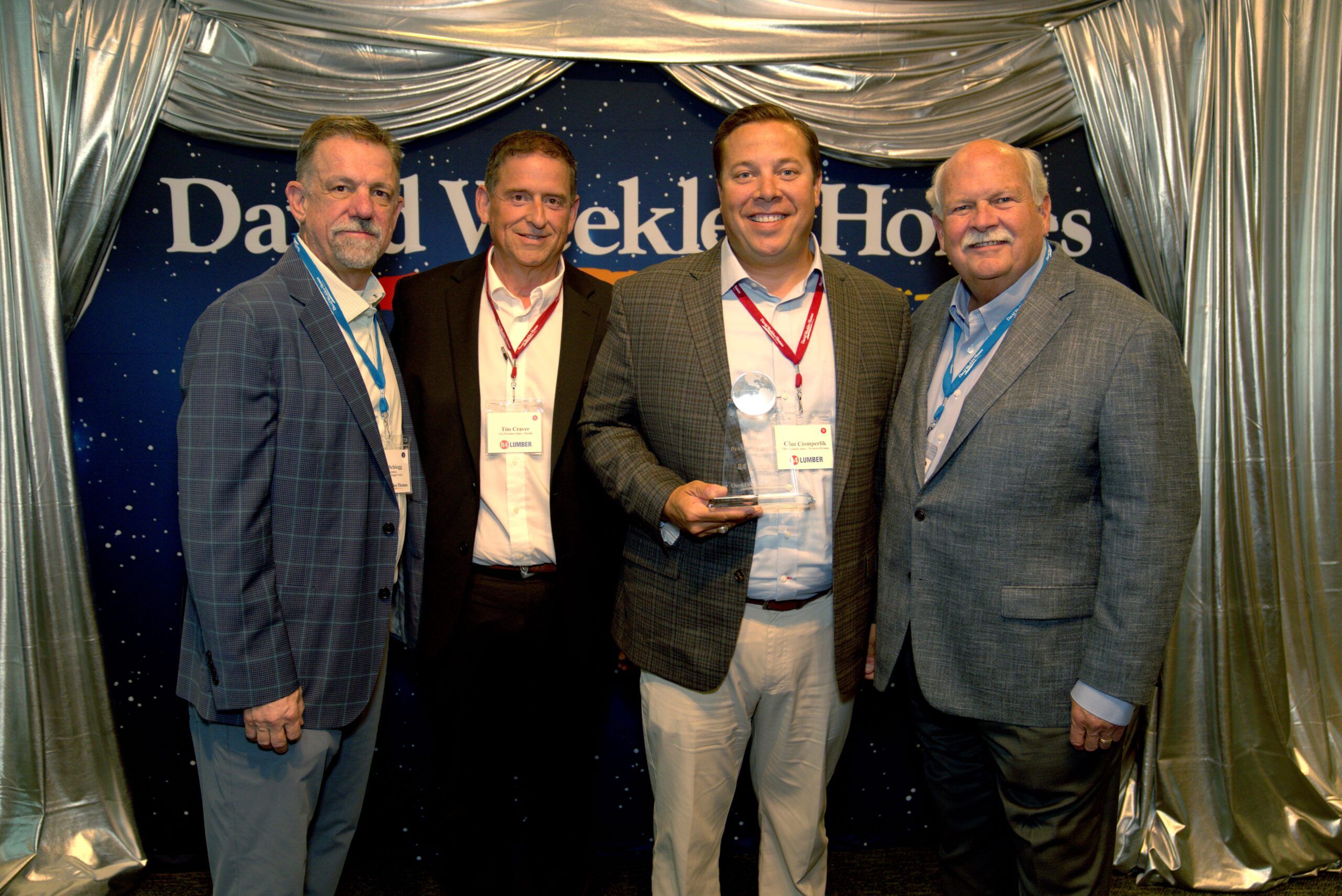Even small issues can completely derail your construction projects, resulting in a major loss of productivity. This is why smart, veteran managers use careful planning and robust workflows to improve their budgeting, employee onboarding, material and equipment purchases, and other operations.
In this article, we’ll focus on things you’re doing wrong and share tips that will help you fix them. Let’s take a deep dive into best practices that will enhance the productivity of your construction projects!
1. Assess Current Productivity
You should always start by measuring the current productivity level. In other words, you should assess how much work you’ve completed and how much material and work hours you’ve spent to get there. Compare these figures with your initial plan to determine if you’re behind or ahead of the schedule.
It’s worth mentioning that loss of productivity can manifest itself in different procedures. Even if you improve certain processes, that doesn’t mean your net productivity will be positive. For example, you might’ve corrected an issue that didn’t have that much impact on your bottom line.
2. Correlate Productivity with Efficiency
Productivity KPIs usually lack focus. They show you how your staff tackled a certain task without taking into account the overall impact. Luckily, we can address this problem by introducing operational efficiency.
With this concept, you’re able to assess a project’s progress compared to how much money and time you’ve spent. Efficiency also takes into account the quality. For example, rushing a project doesn’t mean much, as you’ll have to fix the issues by spending additional money at the very end.
The best way to assess your true performance is by comparing operational efficiency to. You can do so by tracking metrics each day while ensuring that the project stays on schedule. If productivity is high but efficiency is low, this is a clear sign that the project isn’t done well.
3. Identify Issues
Unless you’re able to identify the root issue, you’ll never be able to boost productivity. To find the cause of your headaches, we suggest you start by categorizing work data into smaller groups. Segregate information based on teams, single employees, tasks, and time.
Compare the data with your initial projections as well as industry benchmarks. You can also use the historical performance to figure out whether you’re underperforming on this project. We recommend you interview workers to have a better understanding of what’s happening in the field.
4. Improve Cost Estimates
Although you create a budget and cost estimates at the very start of the project, these figures usually change along the way. Material and equipment delays, worker injuries and sicknesses, and harsh weather conditions are just a few things that might reduce your productivity.
The best way to address the issue is by having some leeway when making estimates. For example, allow clients to leave their remarks and make adjustments to the initial contract based on actual work hours and materials used. For example, create an outline of financial, communication, and legal requirements and take into account environmental factors and site readiness.
5. Document Changes
The construction clients are very fickle, often changing their requests mid-project. For example, they might ask for a timeline adjustment, reduction or increase of project scope, changes to material and equipment use, and so on.
Whenever you change something, you’ll need to document it. Otherwise, there’s a risk that one or both sides will forget about the new agreement or misinterpret it. This will lead to disputes that will not only delay the project but lead to massive legal expenses for both sides.
This is why you need software that will allow you to introduce new documents and changes as soon as they become available. That way, you can also make adjustments to your cost estimates and time to completion. The software maintains transparency and helps you stay on budget.
6. Centralize Project Data
Most construction businesses use a siloed approach to their data. Unfortunately, this makes it much harder to make fast, real-time decisions. So, the best way to address the problem is to have a central hub where you can store all relevant project information. Even better, you should use cloud solutions that make data easily accessible to the entire team.
Your platform should include metrics revolving around labor costs, material use, staff availability, and so on. We’d also like to suggest integrating your main platform with other apps, such as portable construction time clocks, so that the information is instantly introduced into the system.
7. Keep Stakeholders Informed
During construction projects, it’s vital to have a clear channel of communication with your stakeholders. They should not only understand what type of tasks you’ve completed but how much time and resources you need to accomplish these goals.
If you’re not transparent with your investors and other stakeholders, there’s a chance they’ll increase the pressure. They might think you should ramp up the work hours and spend more on certain activities, even though this isn’t true. Bad judgment calls will cause worker burnout, errors, and other inefficacies.
8. Use Smart Approach
Nowadays, companies leverage various smart techniques to boost their productivity, including real-data monitoring, off-site manufacturing, and AI tech. While digital resources are vital for improving your business, many companies are still reluctant to introduce them. So, one of your biggest challenges will be destroying adoption barriers.
Through a smart approach, you’re able to achieve numerous benefits. For example, you can use advanced technology to perform a thorough cost-benefit analysis. The right software also makes training and onboarding a breeze.
Conclusion
Every construction company will experience a drop in productivity during certain projects. Simply put, this line of work comes with so many unpredictable factors, so you never know when you’ll finish a building or how much it will cost.
As a construction manager, it is your task to reduce these risks. You should create a centralized system and track everything that’s happening in the field. That way, you’ll be able to react quickly to any issues you might encounter.











